The best and worst airlines stocks of 2024
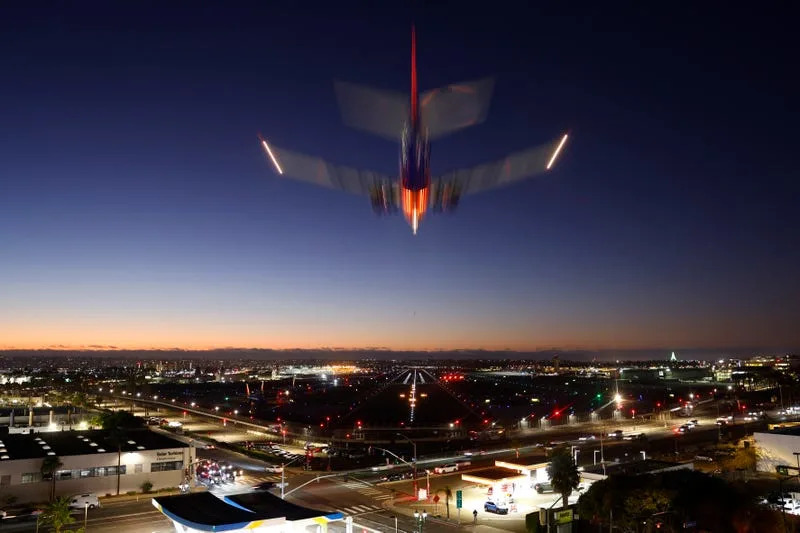
It has been feast or famine for the airline industry this year. An uneven merger landscape had a ripple effect on several players, and a sector-wide shift towards the premium end of the market left budget carriers scrambling to rethink their business models . That chaos showed up in stock prices, which ranged from nearly triple-digit losses to triple-digit gains.
Take a look at how 2024 treated the share prices of America’s most prominent airlines.
Spirit Airlines
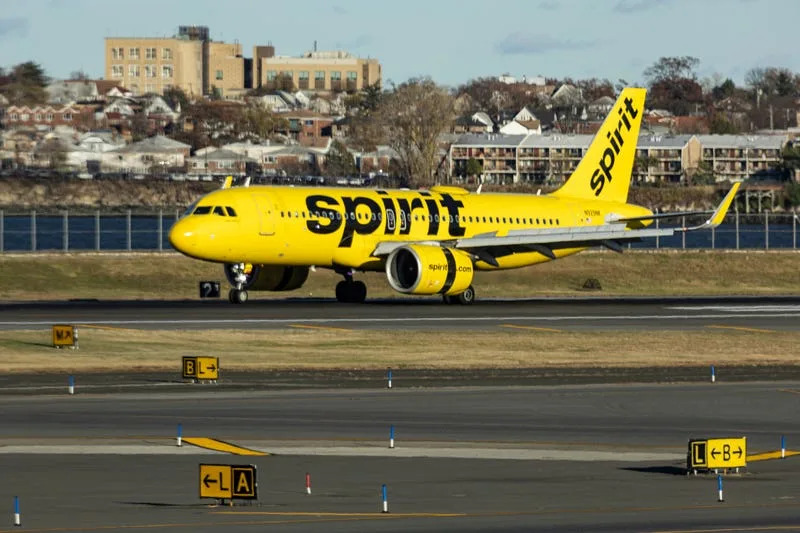
This carrier’s stock fell 97% this year.
After years of poor business, a failed merger with JetBlue Airways , and an industry-wide abundance of unfilled seats drove down fares, Spirit filed for bankruptcy last month . The New York Stock Exchange delisted the company’s shares, and it now trades as a penny stock .
8. Allegiant Air
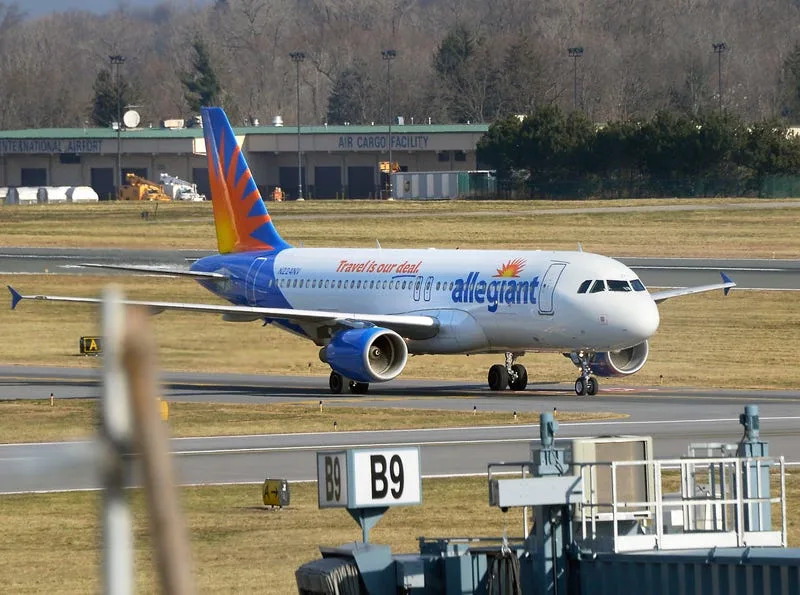
This carrier’s stock rose 1% this year.
It had to deal with the same capacity crisis as everyone else, plus a series of hurricanes striking Florida, which caused a major disruption to its operations in the state, which contains a number of its most important markets. On top of all that, it is still working to find stability for its Sunseeker resort property in Charlotte Harbor, Fla., which the aviation website Simply Flying speculated was the “ craziest thing Allegiant Air ever did .”
7. Southwest Airlines
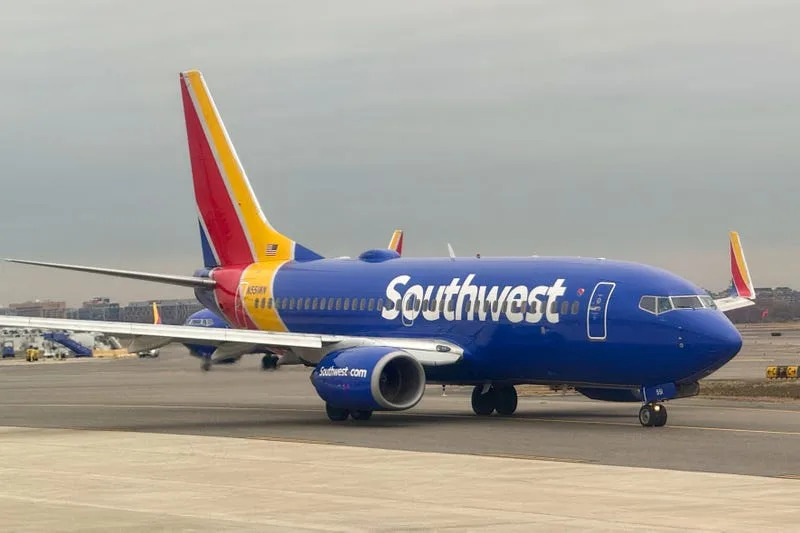
This carrier’s stock rose 15% this year.
After a stretch of so-so business, Southwest has been struggling to figure out a path forward. This challenge came to a head when Elliott Investment Management took a major stake and pushed the company to make significant changes. Southwest initially resisted Elliott’s efforts but has since given in , granting the fund a number of board seats and reimagining itself along the lines of the mainstream airlines it sought to distance itself from for most of its history.
6. Frontier Airlines
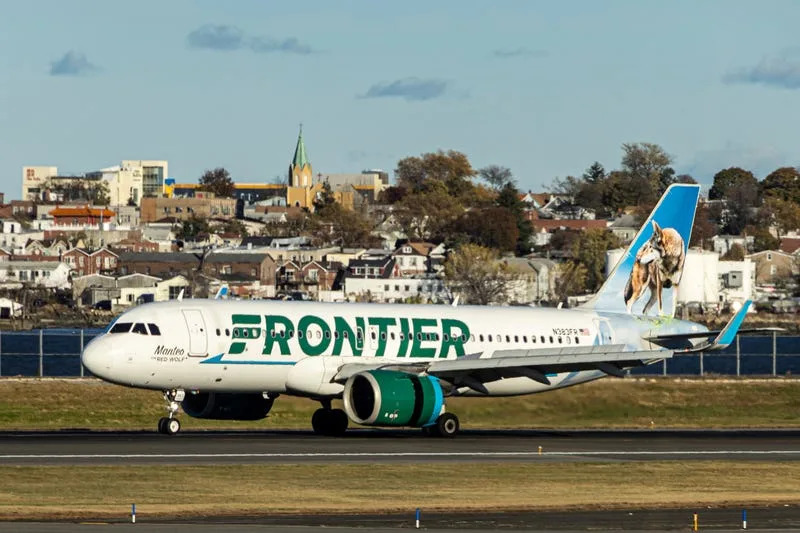
This carrier’s stock rose 19% this year.
The fare downturn hit Frontier just like it did Spirit Airlines, but Frontier’s business was solid enough to make it through the end of the year. In fact, Spirit sought to rekindle long-dormant merger talks with Frontier just before it declared bankruptcy. But as its erstwhile tie-up partner shrinks during its restructuring, Frontier is best positioned to benefit from Spirit’s looming absence because the two companies have so much overlap.
5. American Airlines
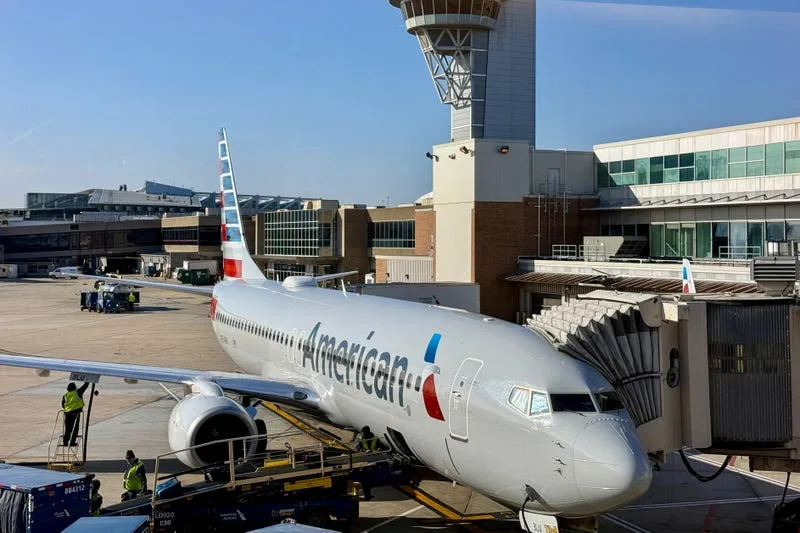
This carrier’s stock rose 24% this year.
As a legacy carrier that has a significant domestic and international business, it had the ability to both lean on higher-end customers and seek to poach market share from lower-end competitors. Unfortunately, a move to bring more of its business-class bookings in-house rather than deal with travel agents backfired and created an unnecessary headwind. “ We dug ourselves a hole ,” CEO Robert Isom said in May, and its recovery efforts are still underway .
4. JetBlue Airways
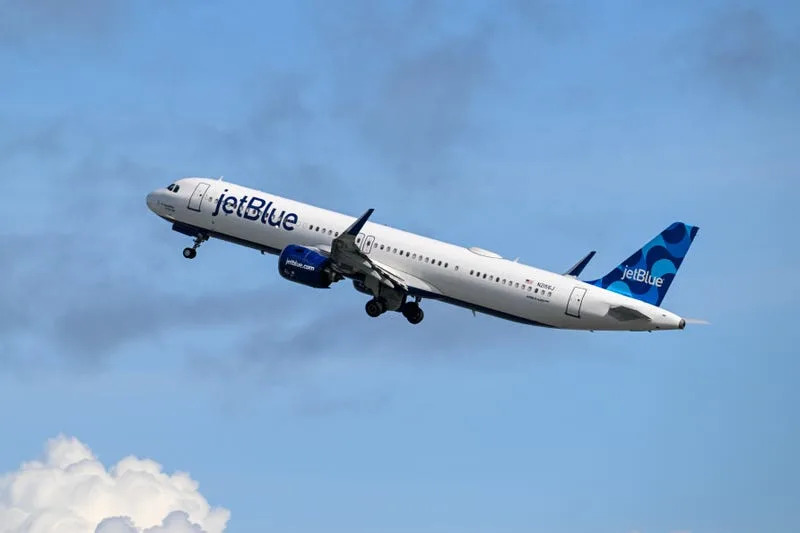
This carrier’s stock rose 37% this year.
Despite the failure of its Spirit Airlines merger and a gaggle of Airbus planes grounded by engine issues , JetBlue is trying to push towards a stronger, solo future . Like many other airlines outside the “Big 3" of American Airlines ( AAL ), Delta Air Lines ( DAL ), and United Airlines ( UAL ), JetBlue is trying to engage more heavily with luxury customers who provide juicier margins — a strategy that investors are intrigued by.
3. Delta Air Lines
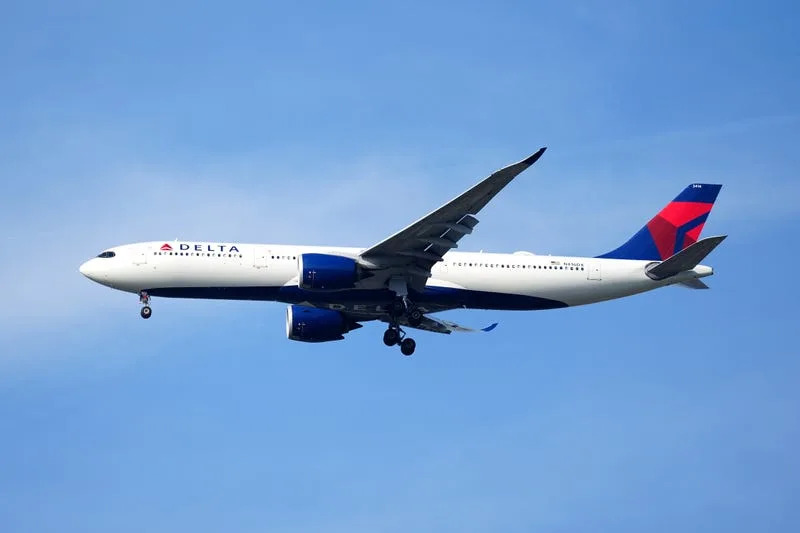
This carrier’s stock rose 48% this year.
Delta positions itself as America’s fanciest airline; a series of fancy airport lounge openings and the introduction of mid-flight Shake Shack burgers attest to its desire to cement that reputation. However, a major IT outage over the summer brought its operations to a crawl for days and triggered a lawsuit with the cybersecurity firm CrowdStrike ( CRWD ) that is still tied up in the courts. Delta has downplayed the incident’s bottom-line damage as mere turbulence in its continued ascent .
2. Alaska Airlines
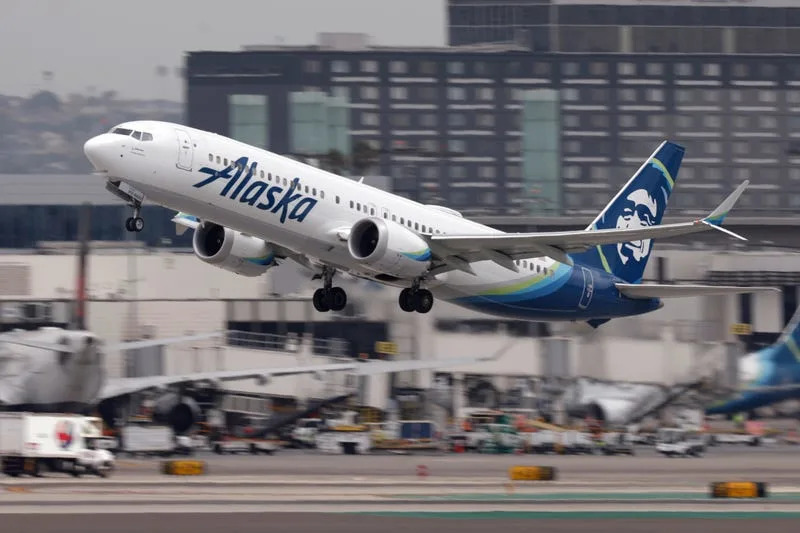
This carrier’s stock rose 68% this year.
Though the JetBlue-Spirit merger failed on antitrust grounds, Alaska’s combination with Hawaiian Airlines was allowed to go through . As the two West Coast-heavy airlines sort out their joint future, observers think they’re positioned to hit the ground running. In an airline industry forecast , analysts at Deutsche Bank ( DB ) said that a post-Hawaiian Alaska “should result in earnings accretion much sooner than what is typically expected from an airline merger.”
1. United Airlines
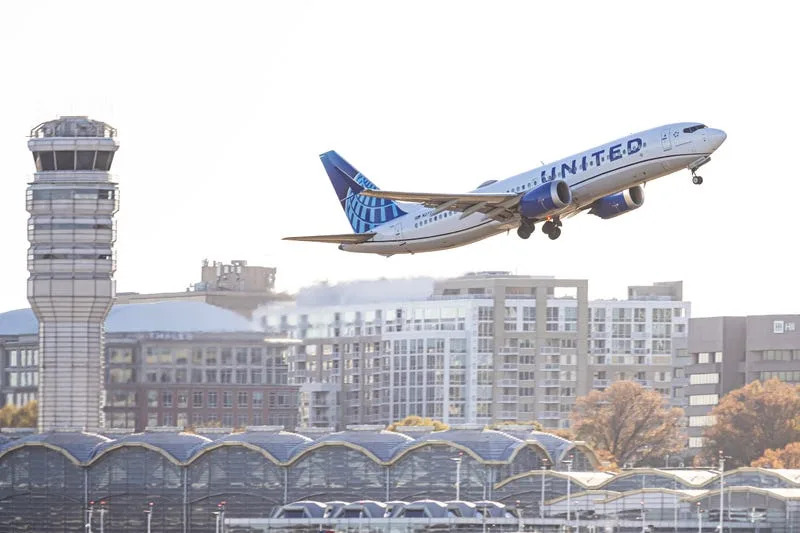
This carrier’s stock rose 133% this year.
It might not have the same name-brand recognition as Delta, but it competes heavily for the same sort of world-traveling, premium customers. (That’s why it’s renovating its Washington Dulles International Airport lounge to be even bigger than the giant one Delta just opened at New York’s John F. Kennedy International Airport.) United claims that it shook off the capacity crisis earlier than its peers , and the absence of any major obstacles aside from a simmering labor dispute with its flight attendants gave it lots of runway with Wall Street.
For the latest news, Facebook , Twitter and Instagram .

